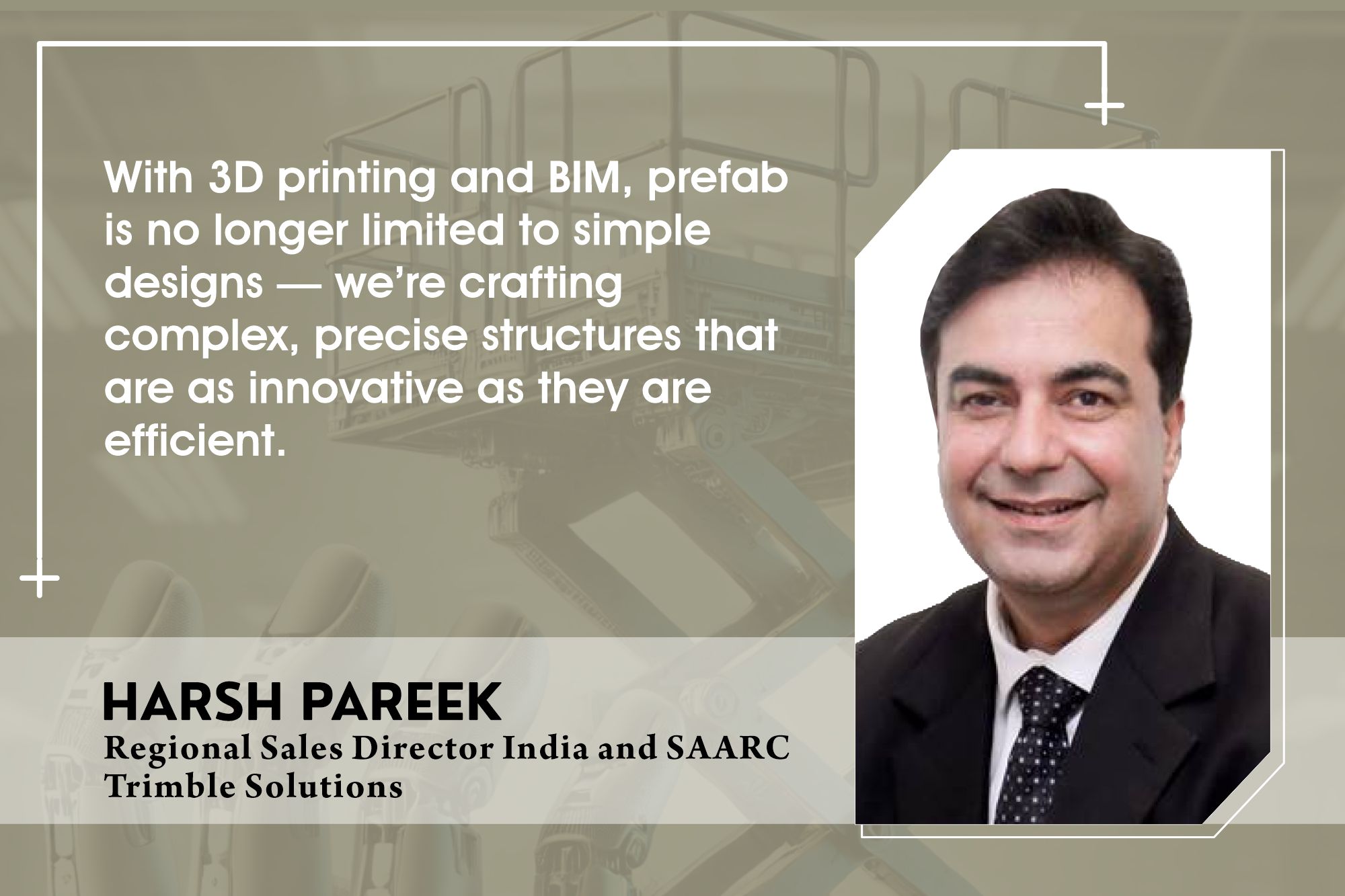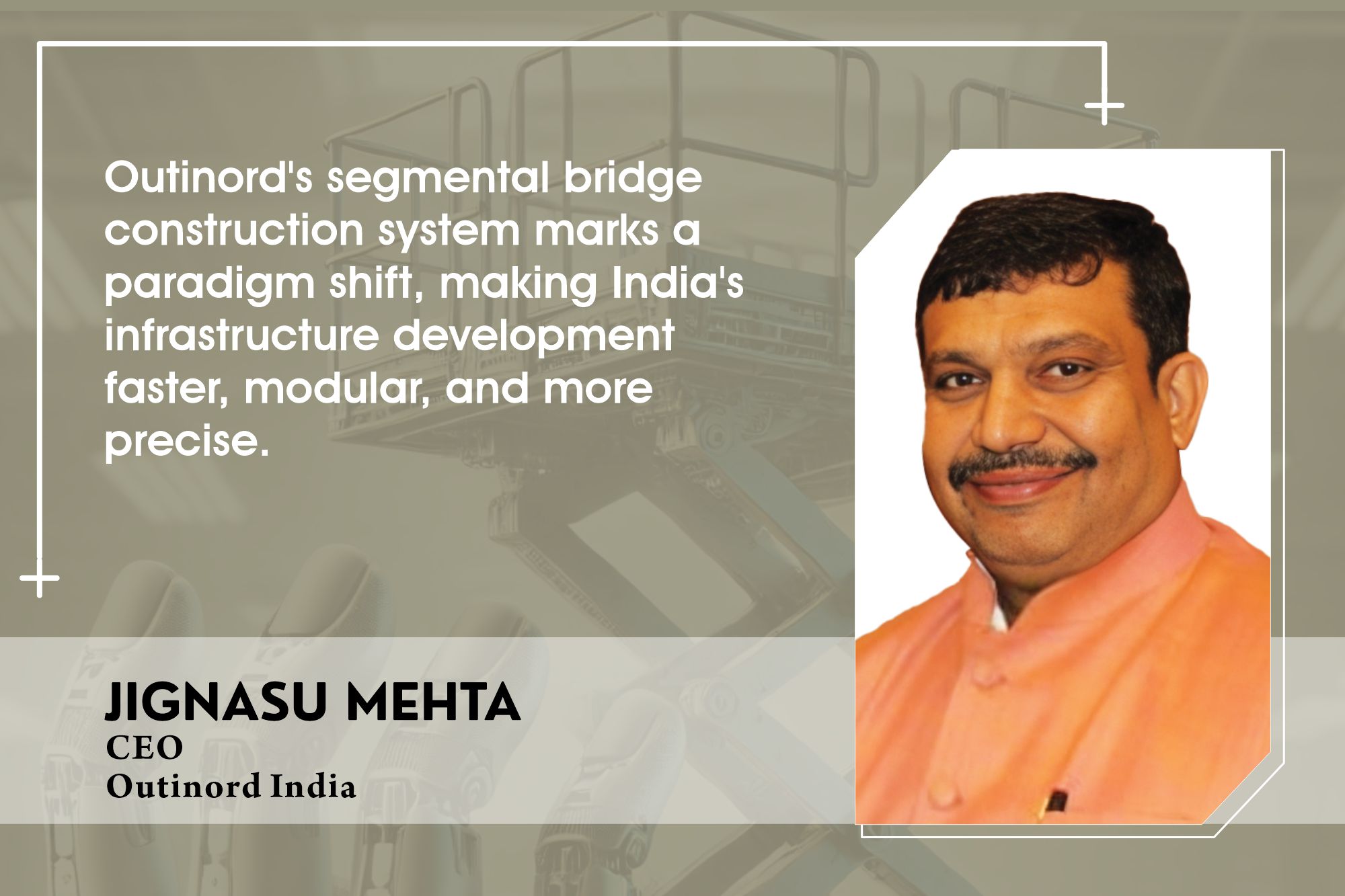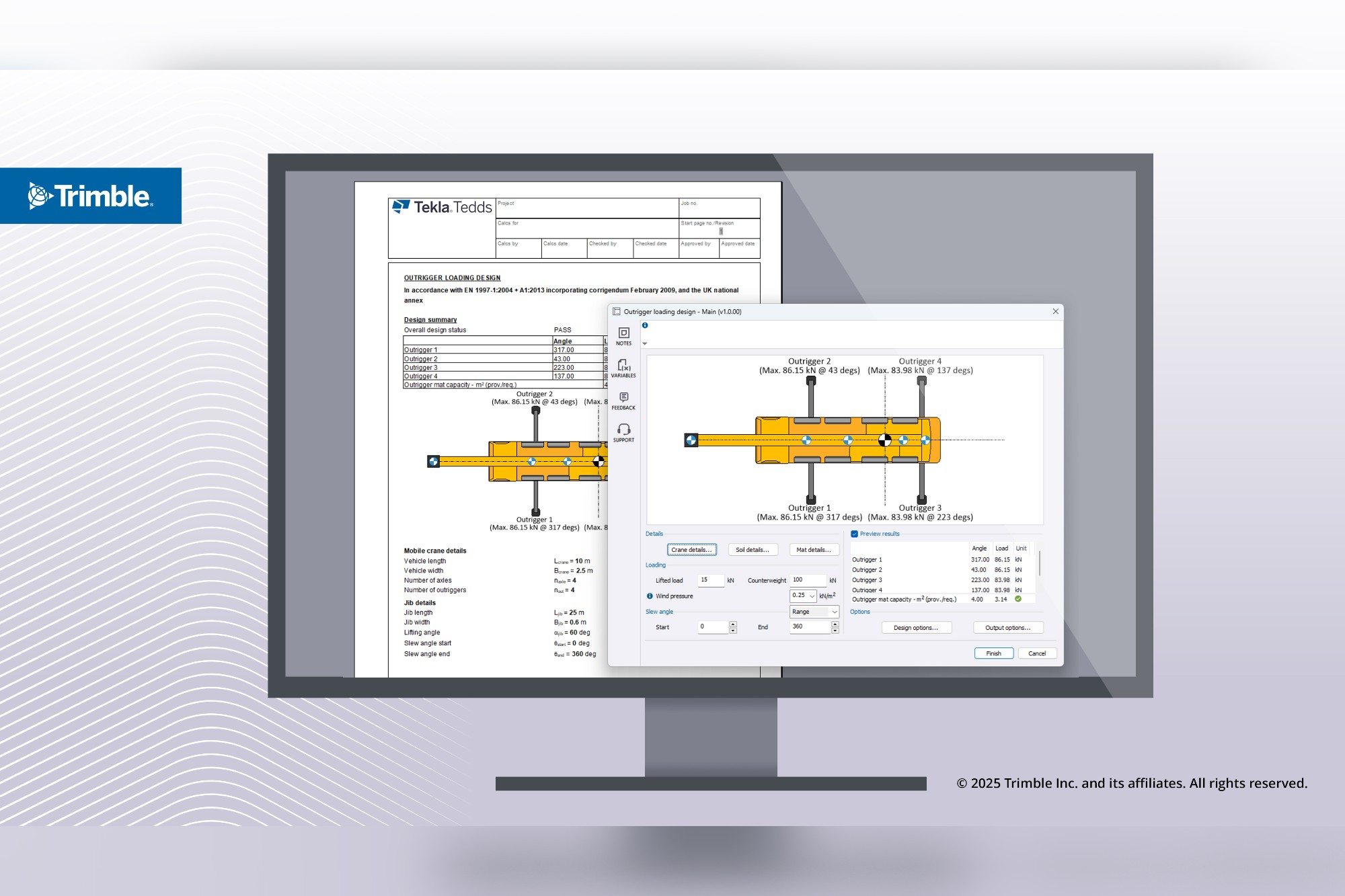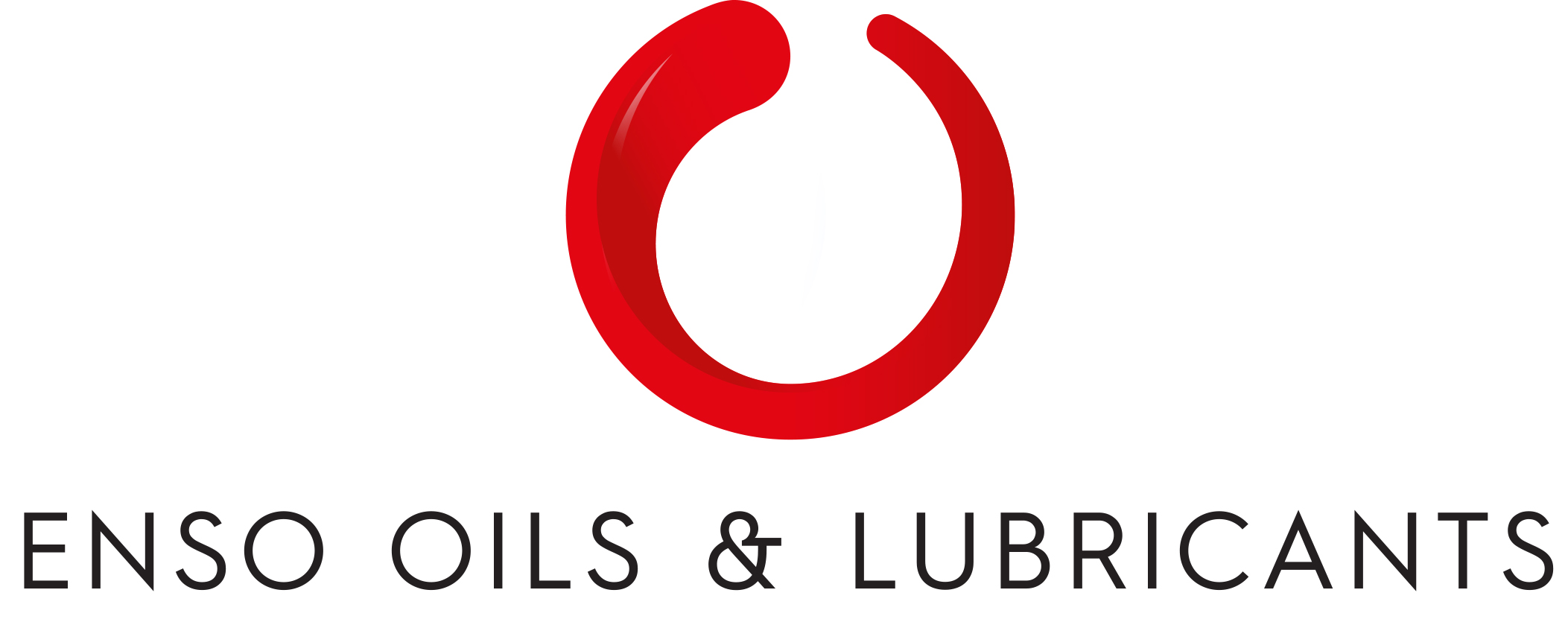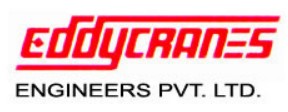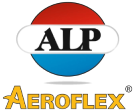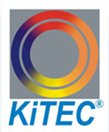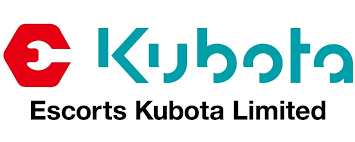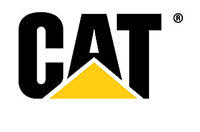Engineered doors on fast track
By Staff Report | August 13, 2024 6:59 pm SHARE

The door manufacturing industry is on the brink of a transformation with the introduction of engineered doors certified under the latest IS standards. As we debunk the myth that solid timber-infill doors are inherently superior, we explore how flush doors, regardless of their construction, are now meeting new quality and performance benchmarks.
In the realm of door manufacturing, a new era is dawning with the advent of engineered doors certified with IS 2202 part 2: 2022 and IS 2191 part 2: 2022. It’s time to debunk the myth that solid timber-infill doors are inherently superior. Flush doors, irrespective of their construction, can now be certified under four distinct standards, each tailored to different materials and applications.
These standards include IS 2202 (Part 1): 2023, which pertains to Wooden Flush Door Shutters with a solid core type and plywood face panels; IS 2202 (Part 2): 2022, covering Wooden Flush Door Shutters with a solid core type and face panels made from particle board, high-density fibre board, medium-density fibre board, or fibre hardboard; IS 2191 (Part 1): 2022, which deals with Wooden Flush Door Shutters featuring cellular, hollow, or tubular core types with plywood face panels; and IS 2191 (Part 2): 2022, which focuses on Wooden Flush Door Shutters with cellular, hollow, or tubular core types and face panels made from particle board, high-density fibre board, medium-density fibre board, or fibre hardboard.
Despite variations in construction, performance criteria remain consistent. The belief that solid timber doors are inherently superior is a misconception. Flush door shutters can now be classified into two grades: BWP (Boiling Water Proof) Grade, recommended for use in humid and dry locations, and MR (Moisture Resistance) Grade, recommended for dry locations only.

All four types of Flush Doors fall under mandatory quality control orders, necessitating the ISI mark on all manufactured doors from 28.2.2025. The flush doors must undergo a series of rigorous tests. Type Tests include dimensions and squareness, general flatness, local planeness, impact indentation, flexure, edge loading, shock resistance, buckling resistance, slamming, misuse, varying humidity, end immersion, knife, glue adhesion, and screw withdrawal resistance tests. Acceptance Tests cover dimensions and squareness, general flatness, local planeness, slamming, end immersion, knife, and glue adhesion tests.
Doors made with engineered materials offer the same performance with superior surface finishes. This presents an opportunity for the door industry and furniture manufacturers to transition to 100% engineered material doors certified under IS 2202 Part 2 or IS 2191 Part 2, allowing the use of popular MDF/HDF skins and decorative options with modern edge banding.
Manufacturers stand to gain numerous advantages by adopting engineered doors, including eliminating the need to search for wood, removing timber seasoning requirements, avoiding chemical treatments, minimising energy costs during production, reducing labour costs, increasing production efficiency, achieving a superior finish, and offering an eco-friendly and sustainable product.
Engineered doors can utilise highly engineered materials, nearly 100% produced from sawmill waste, shavings, and other by-products. These materials are converted into the infill alongside HDF/MDF skins, engineered stiles, and rails. The door industry can streamline its processes and achieve ISI certification using modern engineered materials, ensuring increased productivity and profits while maintaining a minimal quality benchmark.
Engineered doors represent not just a technological advancement but a sustainable and efficient solution for the future of door manufacturing. With modern materials and standards, the door industry can look forward to a future of innovation, productivity, and quality assurance.
For more information, visit: https://sleekboards.com/
Cookie Consent
We use cookies to personalize your experience. By continuing to visit this website you agree to our Terms & Conditions, Privacy Policy and Cookie Policy.



